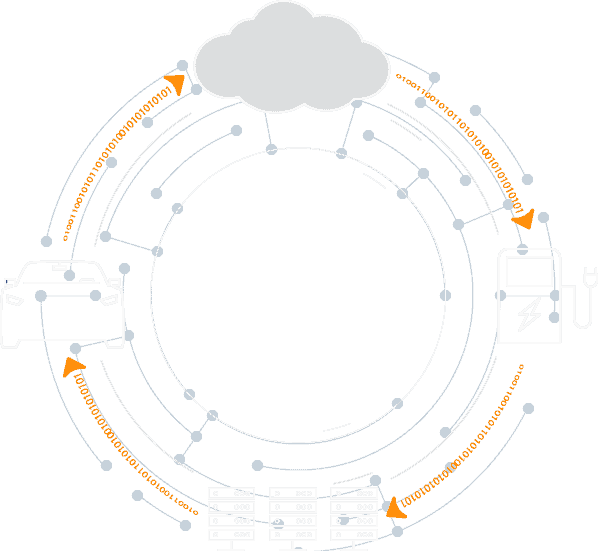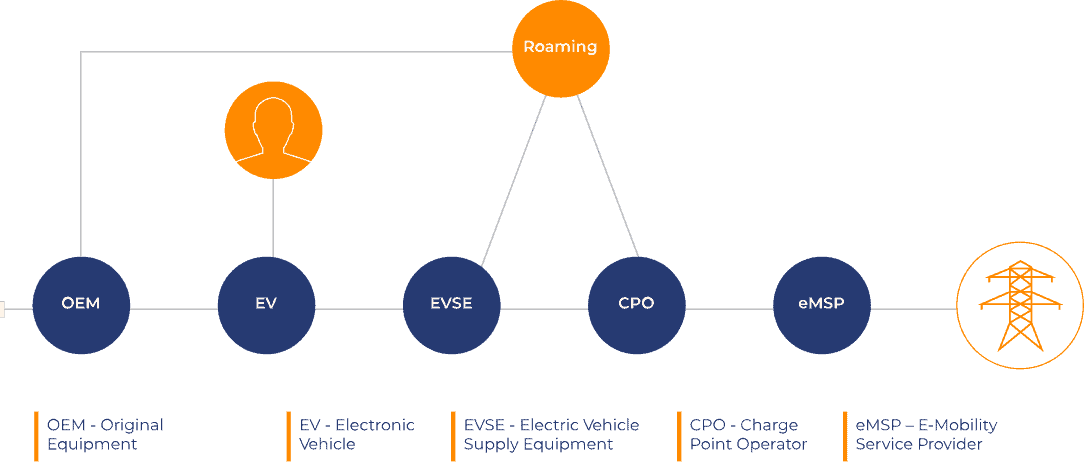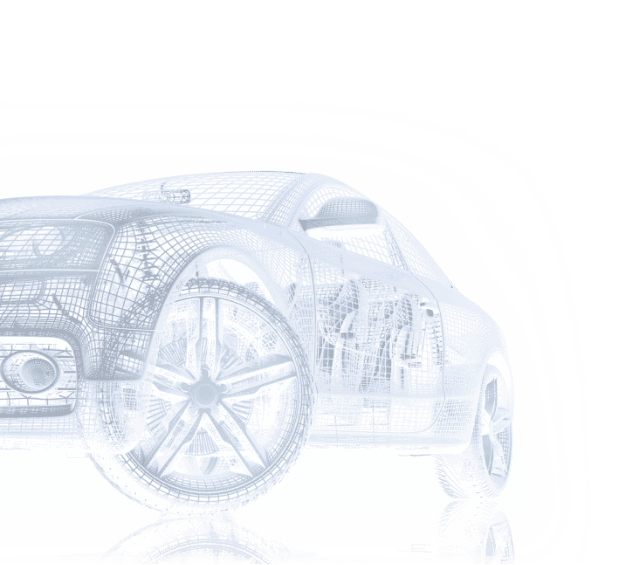INTRO TO THE EV ECOSYSTEM
The Basics of EV Charging
EV charging is done by connecting an electric vehicle (EV)—whether a Battery Electric Vehicle (BEV) or a Plug-in Hybrid Electric Vehicle (PHEV)—to a power source via an electric cord and connector.. Level 1 chargers use the standard US 120V home outlet to recharge a car in 17-25 hours for 160 km (100 mi) battery range. Level 2 chargers require a 240V outlet to recharge a car in 4-5 hours for 160 km (100 mi) battery range.
With the increasing adoption of EVs across various economic classes, the demand for convenient and accessible charging solutions has risen. This surge in demand is particularly pronounced among middle- and lower-income EV owners residing in apartments and Multi-Dwelling Units (MDUs) where the space for personal charging stations may be limited. As a result, there has been a significant shift in EV charging infrastructure from predominantly home-based to a more public and commercial-focused model.
As a result, a more robust charging network is needed in the public sphere. Level 3 chargers are used in public charging stations and can recharge a vehicle in as little as 20 minutes.



